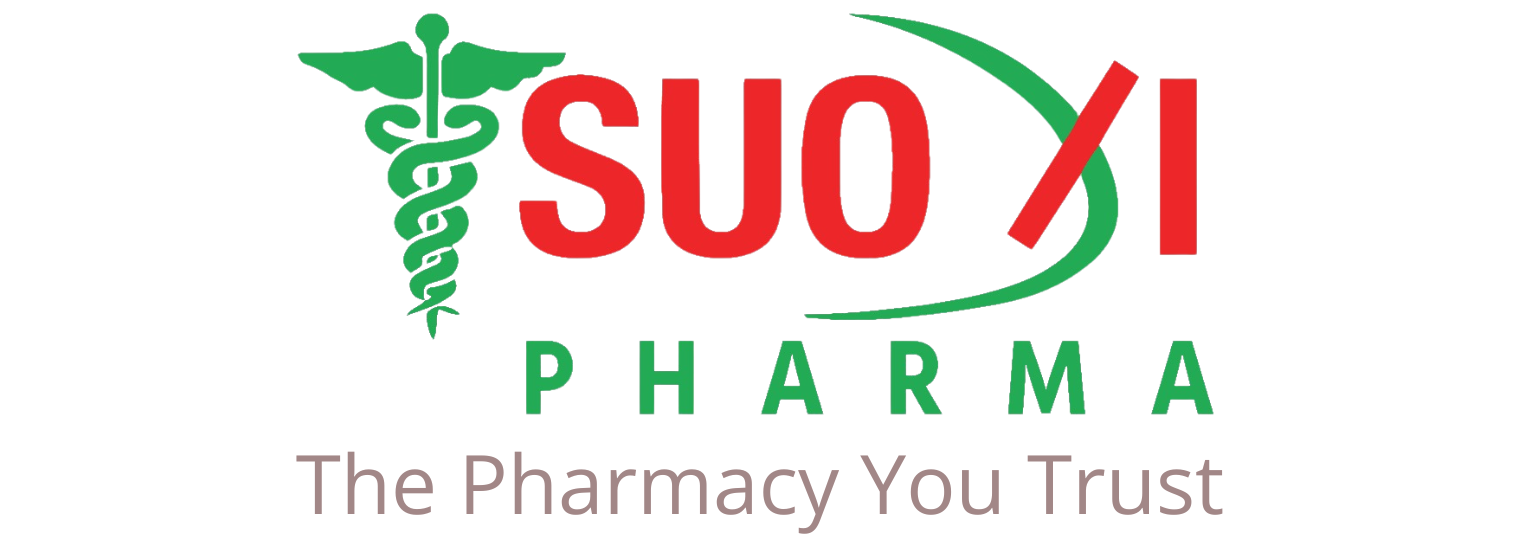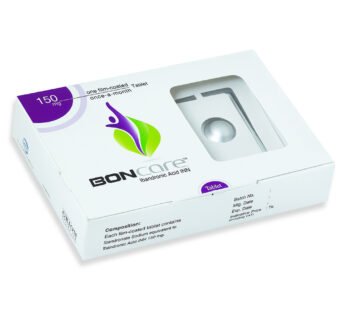Alatrol 2.5 mg/ml (P/D)
Description
Indications
Alatrol is used to relieve symptoms associated with both seasonal and perennial allergic rhinitis. It is also prescribed for managing uncomplicated skin conditions related to chronic idiopathic urticaria and for treating allergen-induced asthma.
Take this medication only as directed by a registered physician.
Pharmacology
Cetirizine Hydrochloride is a powerful H1 receptor antagonist that does not exhibit significant anticholinergic or antiserotonergic effects. At recommended therapeutic doses, it has minimal sedative effects and does not alter normal behavior. It works by inhibiting the early histamine-driven phase of allergic reactions and reducing the migration of inflammatory cells, thereby preventing the release of mediators responsible for the late phase of allergic responses.
Pharmacokinetics
A 10 mg dose of Cetirizine reaches peak plasma concentration of approximately 257 mcg/L within an hour of administration (980 mcg/L in children). While food intake does not impact the overall absorption, it may slightly delay the rate. Peak blood levels of 0.3 micrograms/mL occur between 30 to 60 minutes post-administration of a 10 mg dose. Cetirizine has a plasma half-life of about 11 hours, with consistent absorption across individuals. It is primarily cleared through the kidneys, with a renal clearance rate of 30 mL/min and an excretion half-life of around nine hours.
Dosage & Administration
Oral Dosage
- Adults and children (6 years and older): 10 mg (1 tablet) or 2 teaspoonfuls once daily. Alternatively, 1 teaspoonful can be taken twice daily.
- Children (2-6 years): 1 teaspoonful once daily or ½ teaspoonful twice daily.
- Children (6 months to 2 years): ½ teaspoonful once daily. For children aged 12-23 months, the maximum dose may be increased to ½ teaspoonful every 12 hours if needed.
Injectable Dosage
Cetirizine for injection is a single-use product meant for intravenous administration only. It should be given once every 24 hours as required for acute urticaria treatment. The injection should be administered as a slow intravenous push over 1 to 2 minutes. This formulation is not recommended for pediatric patients under 6 years with impaired liver or kidney function.
- Adults & adolescents (12 years and older): 10 mg via intravenous injection.
- Children (6-11 years): 5 mg or 10 mg, depending on symptom severity, via intravenous injection.
- Children (6 months to 5 years): 2.5 mg via intravenous injection.
Take this medication only as directed by a registered physician.
Drug Interactions
No clinically significant interactions have been observed between Cetirizine and Theophylline, Azithromycin, Pseudoephedrine, Ketoconazole, or Erythromycin.
Contraindications
Cetirizine should not be used in individuals with a known hypersensitivity to Cetirizine or Hydroxyzine.
Side Effects
The most commonly reported side effect of Alatrol is drowsiness (somnolence).
Pregnancy & Lactation
Cetirizine Hydrochloride is classified as a US FDA Pregnancy Category B drug. Although animal studies have not demonstrated harmful effects, there are no well-controlled studies in pregnant women. As a precaution, it should only be used during pregnancy if absolutely necessary. Cetirizine is known to be excreted in breast milk, so caution is advised when administering it to nursing mothers.
Precautions & Warnings
- Caution is advised when operating machinery or driving, as Cetirizine may cause drowsiness in some individuals.
Use in Special Populations
Patients with Hepatic or Renal Impairment
- In individuals with mild to moderate liver or kidney impairment, Cetirizine clearance is reduced, leading to an increased plasma concentration and a longer half-life (by approximately 2 to 3 times).
- The elimination half-life in dialysis patients extends to around 20 hours, with plasma drug levels increasing about threefold.
Pediatric Use
- Cetirizine has been proven safe for children aged 6 months to 5 years.
Elderly Patients
- Drug clearance is reduced in elderly patients, primarily due to age-related decline in kidney function.
Therapeutic Class
Sedating Antihistamine
Storage Conditions
Store in a dry place, protected from light and heat. Keep out of reach of children.









Reviews
There are no reviews yet.